How To Grow Blue Flax: A Complete Guide For Gorgeous Blooms
Discover how to successfully grow and care for the delicate yet resilient blue flax in your garden landscape

Gardening 101: Blue Flax
Blue flax (Linum perenne) is a delicate yet surprisingly resilient perennial that brings a touch of ethereal beauty to gardens with its sky-blue flowers dancing on slender stems. Native to many regions across North America, this charming plant combines ease of growth with stunning visual appeal, making it a favorite among gardeners seeking both beauty and practicality. Whether you’re creating a wildflower meadow, designing a drought-tolerant landscape, or simply looking to add a splash of true blue to your garden palette, blue flax deserves serious consideration for its numerous gardening virtues.
About Blue Flax
Blue flax belongs to the Linaceae family and has been treasured for centuries not only for its ornamental value but also for its practical uses. Its Latin name, Linum perenne, points to its perennial nature, though gardeners should note that individual plants may be relatively short-lived (2-3 years). However, this seeming disadvantage is easily overcome by the plant’s prolific self-seeding habit, which ensures continual renewal of your flax display.
Standing 1 to 2 feet tall with a spread of 1 to 1.5 feet, blue flax forms graceful clumps of fine-textured, blue-green foliage. The real show begins in late spring when the plant produces an abundance of five-petaled, sky-blue flowers that seem to float above the foliage on wiry stems. These satin-like blooms, typically 1 inch across, open fully only on sunny days and often close by afternoon, but new flowers appear daily over an extended period from early summer through midsummer—a blooming cycle that can last up to 12 weeks.
Blue flax was notably documented by Meriwether Lewis during the famous Lewis and Clark expedition, and the native North American species Linum lewisii was named in his honor. This historical connection adds a layer of cultural significance to this already captivating plant.
How to Grow Blue Flax
Planting
Blue flax thrives in conditions that might challenge other perennials, making it an excellent choice for low-maintenance gardens. When selecting a planting site, keep these requirements in mind:
- Light: Full sun is ideal for blue flax, producing the most abundant blooms and strongest plants. While it can tolerate partial shade, flowering will be reduced.
- Soil: Blue flax prefers lean, well-drained soil and actually performs better in poor to moderately fertile conditions than in rich garden soil. Excessive fertility can lead to floppy growth and reduced flowering.
- Spacing: Plant seeds or seedlings approximately 12 inches apart to allow proper air circulation while still creating a nice mass effect when mature.
Spring is generally the best time to plant blue flax, though fall planting is also possible in milder climates. If starting from seed, you can direct sow outdoors after the danger of frost has passed or start indoors 6-8 weeks before your last frost date. Seeds should be planted approximately ¼ inch deep.
Planting Tips
When transplanting nursery-grown seedlings, take care not to disturb the roots excessively, as blue flax dislikes root disturbance. Water thoroughly after planting, then reduce frequency as plants establish. Adding a thin layer of fine gravel mulch around plants can help maintain the dry conditions they prefer around their crown while suppressing weeds.
Care and Maintenance
Watering
Once established, blue flax is remarkably drought-tolerant, making it an excellent choice for water-wise gardens. During their first growing season, provide regular watering to help establish a strong root system. After that, blue flax requires little supplemental irrigation except during prolonged dry periods. In fact, overwatering is more likely to cause problems than underwatering, potentially leading to root rot and reduced flowering.
Fertilizing
Blue flax performs best with minimal fertilization. In most garden soils, no supplemental feeding is required. If your soil is extremely poor, a light application of balanced, slow-release fertilizer in early spring may be beneficial, but avoid high-nitrogen formulations that will promote leafy growth at the expense of flowers.
Pruning and Maintenance
Blue flax requires minimal maintenance throughout the growing season. After flowering completes, you have two options:
- In formal gardens, cut back the spent flower stems to the basal growth to maintain a tidy appearance.
- In naturalistic or meadow settings, leave the seed heads in place to allow for self-seeding and to provide winter interest with their rounded form.
In late winter or early spring, remove any dead or damaged growth before new growth emerges. Occasionally, older plants may become woody and less productive at the center. When this happens, the best approach is to allow new seedlings to replace them rather than attempting division, which blue flax typically doesn’t tolerate well.
Propagation Methods
Blue flax can be propagated in several ways, though seed is by far the most reliable and common method:
Seed Propagation
The easiest way to maintain and expand your blue flax planting is to allow natural self-seeding. Plants produce abundant seeds that readily germinate under favorable conditions. To control placement more precisely, collect seeds when the rounded seed heads turn brown and sprinkle them where desired. Alternatively, fresh seeds can be sown in a greenhouse and the resulting seedlings transplanted into individual pots before moving to the garden the following summer.
Cutting Propagation
Though more challenging than seed propagation, blue flax can be propagated from cuttings taken in spring. Harvest basal shoots when they are 5-10 inches long, ensuring you get some of the underground stem. Pot these cuttings and keep them in light shade in a cold frame until well-rooted, then plant out in summer.
Division
Division is generally not recommended for blue flax as the plants have a taproot and don’t respond well to being disturbed. Instead, rely on self-seeding to maintain and expand your planting.
Design Ideas and Companion Plants
Blue flax’s airy habit and true blue flowers make it an exceptional addition to many garden styles. Consider these design applications:
- Cottage Gardens: Blue flax adds informal charm and movement among more structured perennials.
- Wildflower Meadows: Plant in drifts for a naturalistic look that supports pollinators.
- Rock Gardens: The drought tolerance and compact habit make it ideal for rocky settings.
- Cutting Gardens: Though individual flowers last only a day, the continuous bloom makes it useful for delicate arrangements.
Blue flax pairs beautifully with a range of companion plants that share its cultural requirements and complement its delicate appearance:
- Drought-tolerant perennials like Echinacea (coneflower), Gaillardia (blanket flower), and Salvia
- Ornamental grasses such as Festuca glauca (blue fescue) or Schizachyrium scoparium (little bluestem)
- Spring-flowering bulbs that will bloom before the flax reaches its peak
- Yellow-flowering perennials like Coreopsis or Heliopsis for a striking color contrast
Problems and Solutions
While blue flax is generally trouble-free, it can occasionally face challenges:
Common Pests
Blue flax is relatively resistant to pest problems, but may occasionally be affected by:
- Aphids: These small sap-sucking insects can sometimes cluster on new growth. A strong spray of water or insecticidal soap can usually control them.
- Slugs and Snails: More problematic in damp conditions, these pests can damage young foliage. Maintaining good air circulation and employing organic slug control methods can help.
Diseases
Potential disease issues include:
- Stem Rot: Usually caused by excessive moisture, particularly in poorly drained soils.
- Rust: Appears as orange-brown pustules on foliage, more common in humid conditions.
- Wilt and Anthracnose: Fungal diseases that can affect plants during wet weather.
- Damping Off: Affects seedlings in overly wet or poorly ventilated conditions.
The best prevention for most diseases is providing proper growing conditions—particularly well-drained soil and good air circulation—and avoiding overhead watering.
Varieties to Consider
While the species form of blue flax is beautiful in its own right, several noteworthy varieties are available:
- Linum perenne ‘Alba’: Features pure white flowers instead of the typical blue, creating a lovely contrast when planted alongside the blue form.
- Linum perenne ‘Sapphire’: Offers slightly darker blue flowers and particularly strong stems.
- Linum lewisii: The native North American species, slightly shorter than L. perenne but with similar sky-blue flowers and often better adapted to North American garden conditions.
Frequently Asked Questions
Q: Will blue flax bloom in its first year?
A: Yes, when grown from seed, blue flax will often flower in its first year, though the display will be more abundant in subsequent years as plants become established.
Q: How long do blue flax flowers last?
A: Individual blue flax flowers last only a day, opening in the morning and often closing by afternoon. However, the plants produce new flowers daily over a long period, creating a continuous display that can last up to 12 weeks.
Q: Is blue flax deer resistant?
A: Yes, blue flax is generally deer tolerant, making it a good choice for gardens in areas with high deer pressure.
Q: Can blue flax grow in containers?
A: While possible, blue flax is not ideal for container growing due to its taproot system and preference for lean soil conditions. It performs much better when planted directly in the garden.
Q: How can I extend the flowering season of blue flax?
A: Deadheading spent flowers can sometimes encourage a second, lighter bloom period in late summer. Additionally, staggered planting or combining different Linum species with varying bloom times can extend the overall flax flowering season in your garden.
With its carefree nature, drought tolerance, and truly blue flowers—a rare color in the garden—blue flax deserves a spot in virtually any sunny garden setting. By providing the simple conditions it prefers, you’ll be rewarded with a spectacular display that enhances your landscape while requiring minimal maintenance—a winning combination for gardeners everywhere.
References
- https://www.gardenista.com/posts/gardening-101-new-zealand-flax-phormiums-plant-growing-guide/
- https://www.finegardening.com/plant/blue-flax-linum-lewisii
- https://www.gardenista.com/tag/flax/
- https://www.gardenweb.com/discussions/1717044/blue-flax
- http://www.gardening.cornell.edu/homegardening/scene12cf.html
Read full bio of medha deb


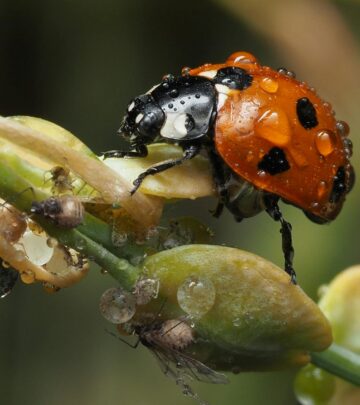
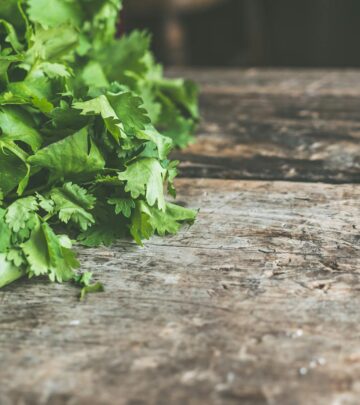
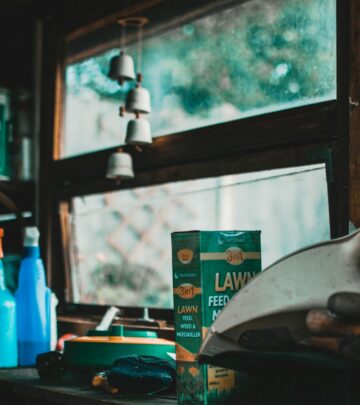

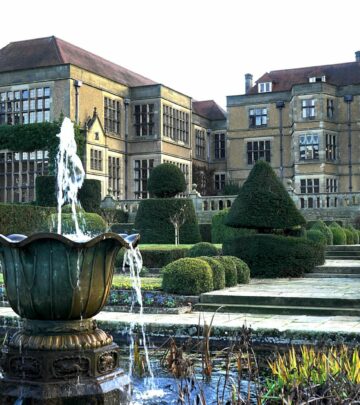
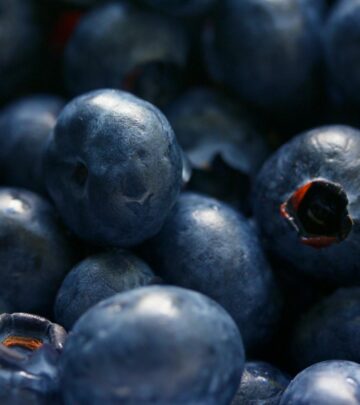

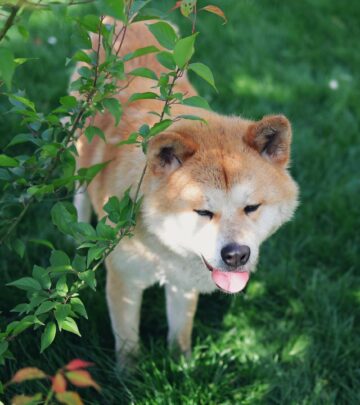

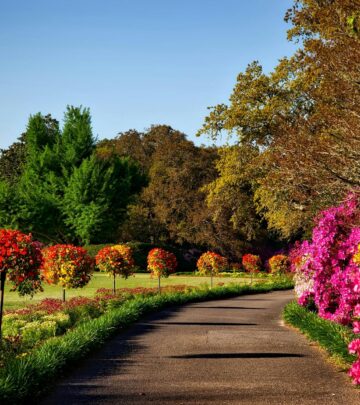
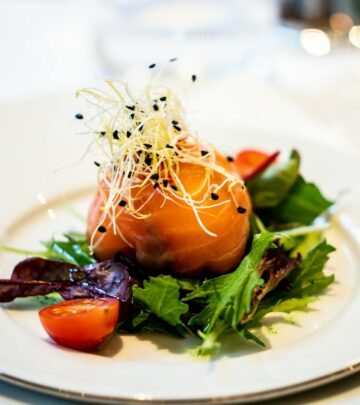


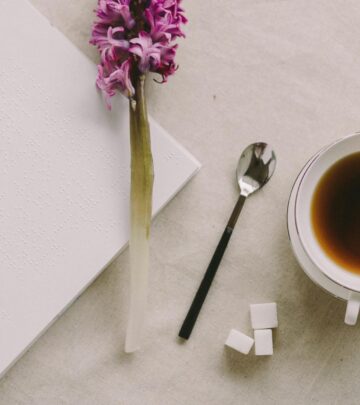


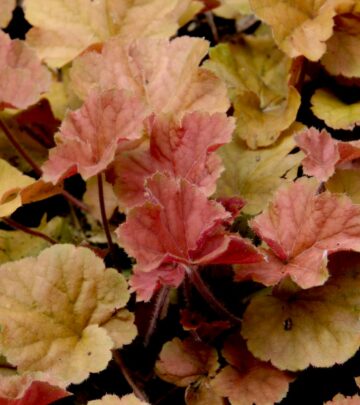

Community Experiences
Join the conversation and become a part of our empowering community! Share your stories, experiences, and insights to connect with other beauty, lifestyle, and health enthusiasts.